A diecast model refers to a model vehicle or toy that is created through a manufacturing process known as diecasting. In diecasting, the model is formed from molten metal that is forced into steel molds under high pressure. The metal, typically a zinc alloy or aluminum, then cools and solidifies into the finished model shape.
Compared to plastic models, diecast models tend to be more detailed and include more premium finishing touches. They are also more durable thanks to the metal material.
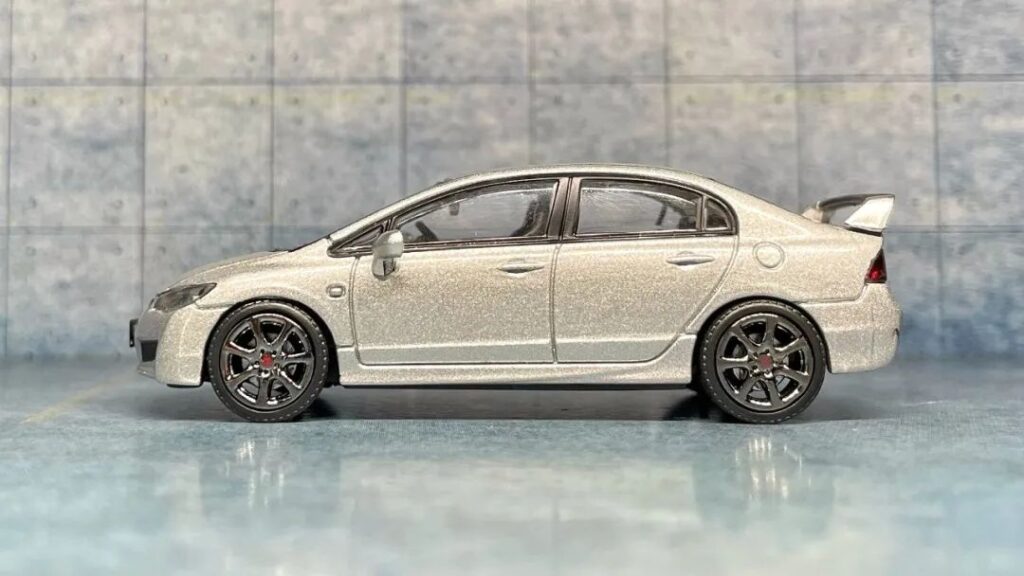
Brief History of Diecast Models
The origins of diecast models can be traced back to the early 20th century. Some of the first diecast toys were produced in Germany prior to World War 1. The technology and techniques continued improving in the 1920s and 30s. By the 1950s, several major diecast model brands were established and popularity grew through the 1960s and 70s.
Today, diecast models are manufactured around the world, with China being the dominant producer. They remain popular with adult collectors and children alike. Diecast models cover a diverse range of vehicles from cars and trucks to aircraft, military models, construction equipment and more. While toys aimed at children tend to be made of cheaper alloys, collectible models for adults are generally constructed from higher precision zinc alloys or aluminum.
The diecast manufacturing process along with improved detailing has allowed the models to become very realistic replicas of actual vehicles. This realism and collectability has fueled the continued success of the diecast model industry over the past century.
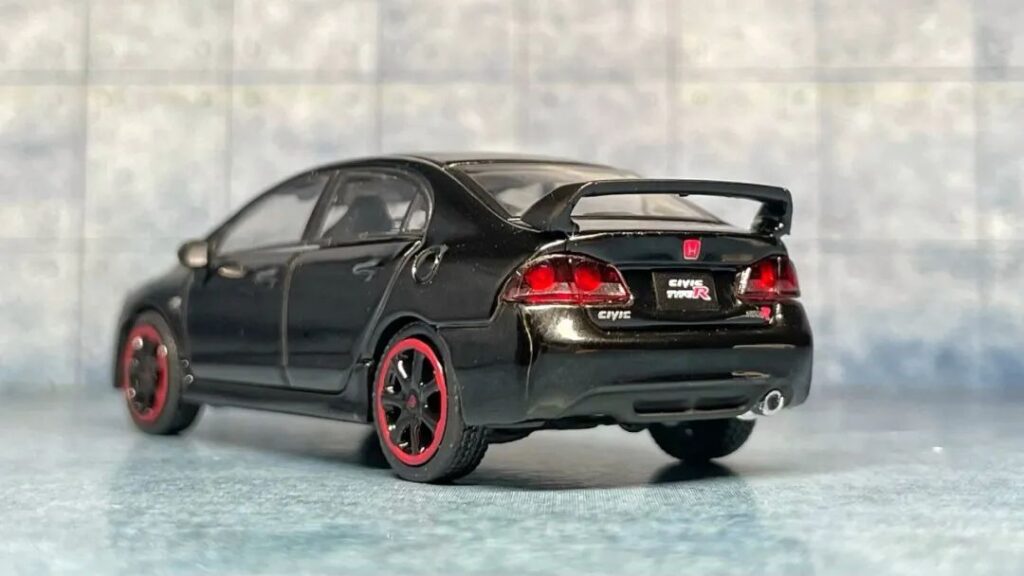
Types of Diecast Models
1. Model Cars
Diecast model cars make up a significant portion of the diecast model market. They span a wide range of car types from everyday road cars to high performance supercars. Popular scales for diecast model cars include 1:18, 1:24, and 1:64. Manufacturers aim to recreate minute details on these miniatures like opening doors and hoods, detailed engine bays, interior instrumentation, and even working suspension on premium models. The model car segment has models of both existing production cars as well as iconic vintage cars.
2. Model Planes
From commercial airliners to military jets, diecast model planes allow aircraft enthusiasts to collect realistic miniature versions of actual planes. Common scales include 1:72, 1:100, and 1:200 for commercial planes and 1:48 or 1:72 for military jets. Detailed model planes often have retractable landing gear, movable control surfaces, and even replica jet engines. High-end models include intricate weathering and markings to match real life planes.
3. Model Trains
Diecast model trains also have an avid collector base. The popular scales for model trains are O scale and HO scale. Diecast model trains are more durable and detailed than old plastic train sets. They can replicate various train car types from locomotives to passenger and freight cars. Features like interior detailing, lighting, and synchronized chuffing sounds make the diecast model trains seem realistically operational.
4. Model Construction Vehicles
Construction vehicles like excavators, dump trucks, bulldozers, and cranes are recreated in diecast metal as well. 1:50 and 1:25 are common construction model scales. The models include functional parts like extendable booms, rotating turrets, lifting forks, and steering axles. Construction vehicle models offer utility and heavy machinery fans affordable, miniature versions of the real machines.
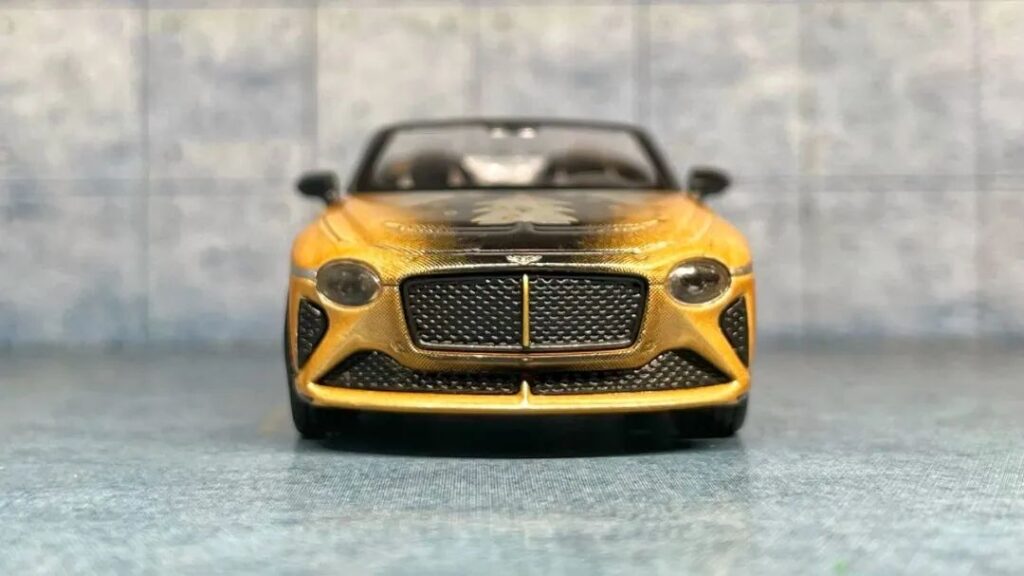
Diecast Model Scales
1. Common Scales
Diecast models come in a range of sizes and scales to suit different purposes. Some common scales include:
- 1:18 – Popular for highly detailed model cars and trucks. Models are large enough to showcase intricate features.
- 1:24 – Another common scale for model cars allowing a good balance of detail and size.
- 1:64 – A small scale popular for model cars marketed as toys for children. Allows collecting a range of models in a small space.
2. Choosing a Scale
The optimal diecast model scale depends on the subject matter and the purpose of collecting. Larger scales like 1:18 and 1:24 allow for the highest level of intricate detailing for model cars and trucks. Smaller scales work better for space-constrained collectors. The mainstream 1:64 scale fits more models in a display. It’s ultimately about balancing size, detail, cost, and space when determining the best scale.
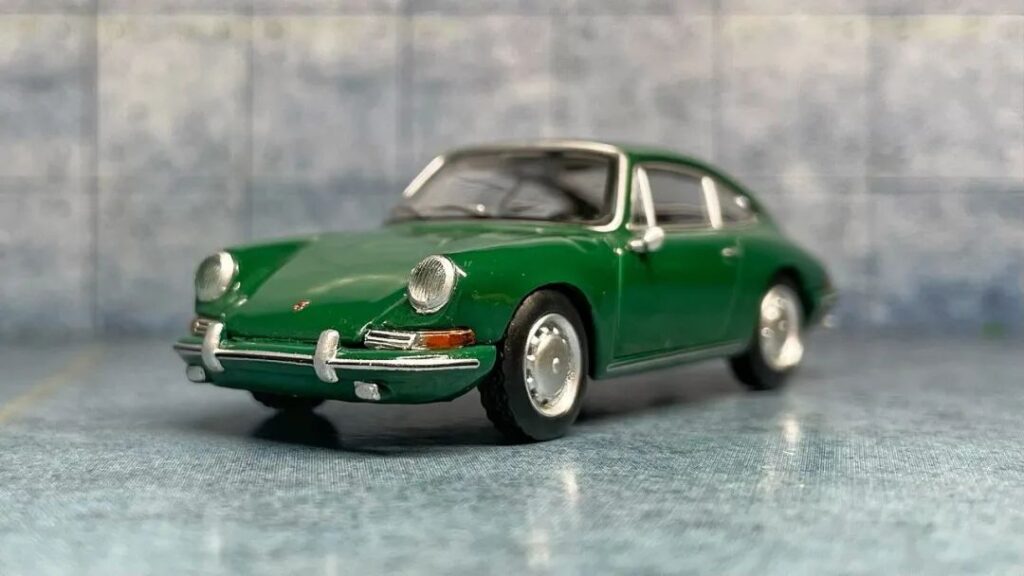
Diecast Model Manufacturers
1. Popular Brands
Some notable brands in diecast model manufacturing include:
- Hot Wheels – One of the most recognizable brands in small scale (1:64) model cars for children. Also offer higher end 1:18 models.
- Matchbox – Another leading manufacturer of 1:64 model cars with decades of history. Acquired by Mattel.
- Maisto – Known for excellent value and quality in model cars across scales like 1:24 and 1:18. Models feature opening parts and detailed interiors.
- Auto World – Specialized in realistic 1:18 scale models of classic American muscle cars.
- Minichamps – German brand manufacturing highly detailed 1:18 and 1:43 F1 race cars along with road cars.
- Oxford Diecast – UK-based maker of diverse models including trucks, buses, and agricultural vehicles in 1:76 and 1:50 scales.
- GeminiJets – Leading brand in 1:200 commercial airplane models withDetailed and accurate airline liveries.
2. Manufacturing Processes
Most diecast models are mass produced in factories, usually in China. The parts are cast from metal using multi-part steel molds. The molds are coated with a release agent so parts can be easily ejected once set. Components are trimmed, polished, and assembled. Painting involves techniques like tampo printing, airbrushing, and pad printing. Higher end models have finer detailing and more quality hand-finishing.
3. Quality Differences
Brands oriented towards collectible adult models emphasize qualities like sharp casting, precision assembly, functioning parts, realistic painting, and durable finishes. Mass market toy brands tend to focus less on small details and intricate decoration. Premium 1:18 models can retail for over $100 owing to intensive detailing and limited production runs. But quality differences also exist within brands covering various price points.
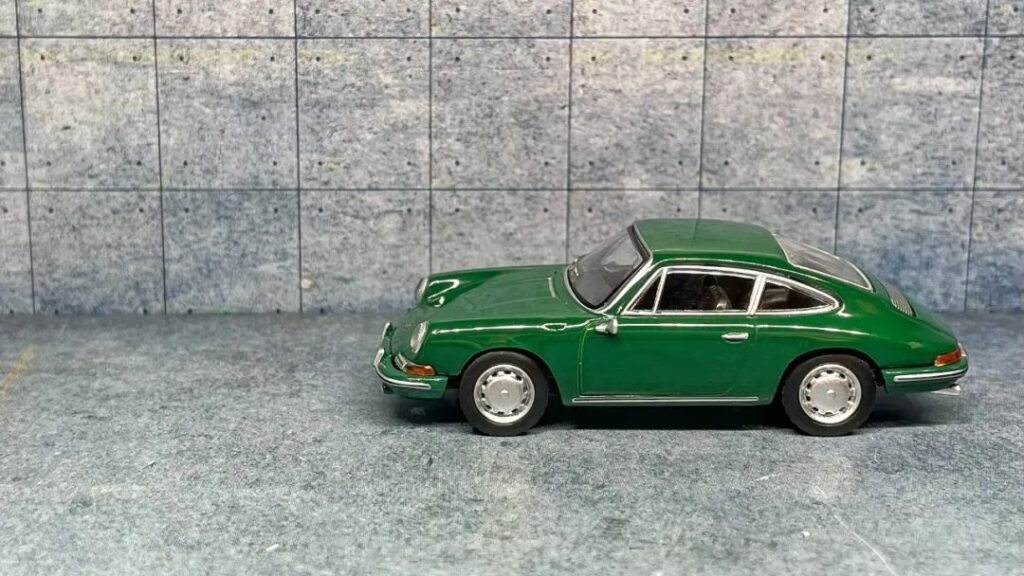
Collecting Diecast Models
1. Where to Buy Diecast Models
Diecast models can be purchased through:
- Hobby stores – Specialized brick and mortar shops carrying mainstream brands and rare collectibles. Allow in-person examination.
- Online retailers – Websites provide wider selections and easier access to limited editions. Offer user reviews and comparisons.
- Direct from brands – Some manufacturers sell directly through their own webstores. Can access exclusives.
- Auctions – Sites like eBay allow buying rare finds from other collectors. Can get hard-to-find items.
- Model shows – Diecast model conventions showcase latest releases from various brands to shop from.
2. How to Display a Collection
Important elements for properly displaying diecast models include:
- Shelving or display cases – Keeps models organized and dust-free. Glass cabinets showcase without handling.
- Backdrops/dioramas – Add realistic scenery and environments for cars, planes, trains using miniatures.
- Risers or stands – Display smaller models at an elevated angle for better visibility.
- Lighting – Mini LEDs or strips help highlight details and create dramatic scenes.
- Rotation – Keep displays fresh by periodically rotating subsets of larger collections.
3. Maintaining and Restoring
To maintain diecast models:
- Dust regularly with soft brush or compressed air.
- Avoid touching surfaces to prevent paint wear and oils.
- Store in temperature controlled space to prevent warping.
Restoring models may involve:
- Disassembly and repair of parts like wheels or axles.
- Stripping and repainting faded/damaged models.
- Polishing with fine abrasives to revive shine.
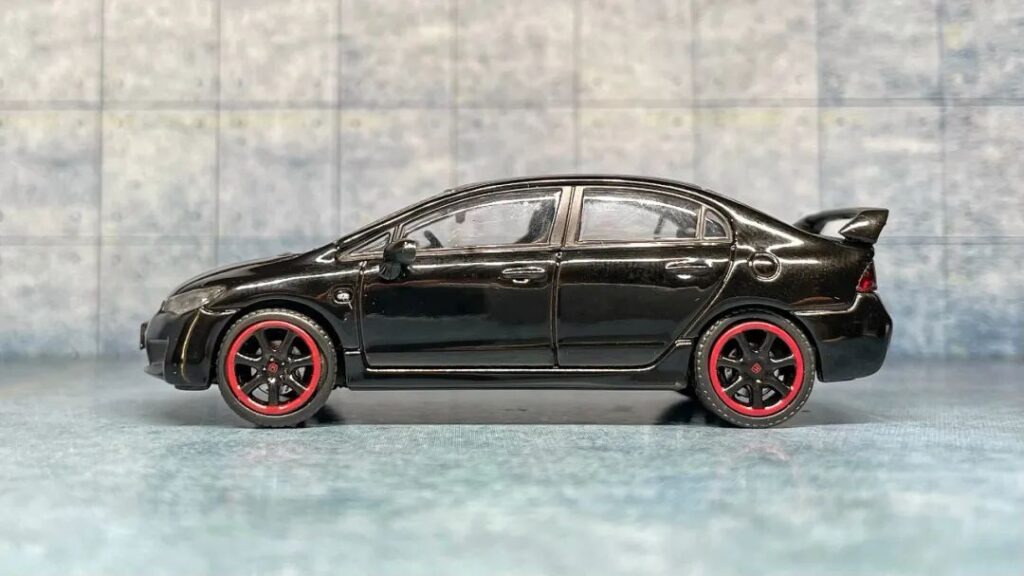
Frequently Asked Questions about Diecast Models
1. What is a diecast model?
A diecast model is a miniature replica of a real-life vehicle, train, plane or other object that is created through a manufacturing process called diecasting. In diecasting, molten zinc alloy or aluminum is injected into high precision steel molds under very high pressure to produce detailed parts. The metal hardens and solidifies into cast parts that are then assembled into a complete scale model.
2. What are the benefits of diecast models versus plastic models?
Diecast models are more durable, heavier, and include finer details than typical plastic models. The metal material allows for sharper casting of intricate components and less risk of parts breaking. Many diecast models have opening doors, hoods, rotating wheels or other movable parts which enhance realism. Diecast also takes paint and finishes better than plastic.
3. What scales are common for diecast models?
Popular scales for diecast include 1:18, 1:24, and 1:64 for model cars; 1:72 or 1:48 for model aircraft; O and HO for model trains; and 1:50 or 1:25 for construction vehicle models. Larger scales like 1:18 allow more precision detailing while smaller scales like 1:64 enable collecting more models in less space.
4. What are some top diecast model brands?
Well-known brands for diecast models include Hot Wheels, Matchbox, Maisto, Auto World, Minichamps, GeminiJets, Oxford Diecast, Corgi, Greenlight Collectibles, and Bburago. Brands differ in types of models produced, target markets, quality levels, and scale preferences.
5. How do collectors display their diecast models?
Display methods include glass cabinet cases, custom shelves, model car stands, rotating displays, dioramas with scenery, and the use of lighting effects to highlight models. Proper displays keep valuable collections clean while making them visually appealing.
Final Thoughts
In summary, diecast models are intricately detailed miniature replicas of vehicles and other objects made from metal alloys through a high-pressure diecasting production process. The combination of durable materials, precision manufacturing, and realistic finishing results in accurate scale models that have remained popular collectibles for over a century. From toy cars to adult hobbyist displays, diecast models allow collectors to appreciate and showcase miniaturized versions of some of the world’s most iconic planes, trains, automobiles, and machinery. Whether it be for play or display, the level of craftsmanship and authenticity achieved in size, styling, and functionality is what makes diecast models truly stand out as a model type.
Enjoyed this guide of what is a diecast model? Then be sure to check out our other RC Rating guides.